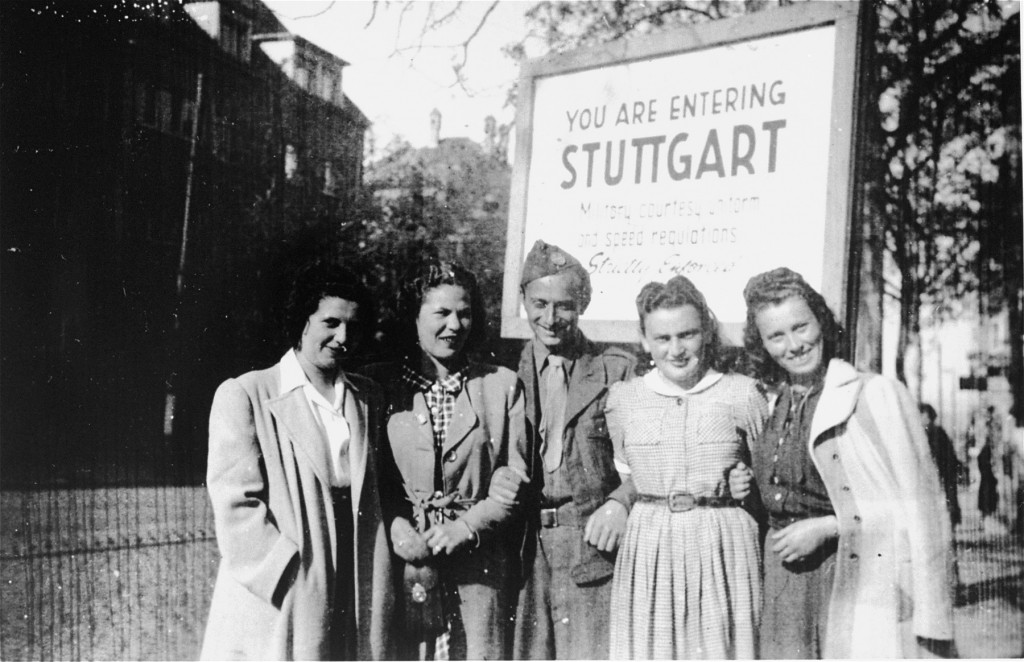
Stuttgart West Displaced Persons Camp
For the Jews who survived the Holocaust, the end of World War II brought new challenges. Many could not or would not return to their former homelands, and options for legal immigration were limited. In spite of these difficulties, these Jewish survivors sought to rebuild their shattered lives by creating flourishing communities in displaced persons camps in Germany, Austria, and Italy. In an unparalleled six-year period between 1945 and 1951, European Jewish life was reborn in camps such as Stuttgart West.
Background
Stuttgart West was an urban all-Jewish displaced persons (DP) camp in the city of Stuttgart, Germany, in the American-occupied zone, while other DP camps in the city housed refugees who had been forced laborers. Stuttgart West was formed in a group of requisitioned apartment buildings.
Raid
On March 29, 1946, the Stuttgart DPs rioted after US Military Government officials authorized 200 members of the German police to raid the refugee center early in the morning in search of black market offenders. The violence resulted in the death of one Jewish DP and three others were injured. The clash had occurred after the DPs, terrified at the sight of German police banging on doors and rousing Jews from bed, reacted by throwing household objects at the police. An ensuing directive forbade German police from entering Jewish DP camps except under rare circumstances.
Life in the Camp

Stuttgart West maintained a Talmud Torah (religious elementary school) and a kosher kitchen for feeding 400. It published newspapers named Oyf der Fray (On the Way to Freedom) and the Shtutgarter Byuletin (Stuttgart Bulletin).
Closure
During October 1946, the Jewish population in the camp reached over 1,400. On June 13, 1949, the camp closed and the remaining DPs of Stuttgart were transferred to Heidenheim.
Critical Thinking Questions
- What challenges did survivors face in the DP camps?
- What challenges did the Allies face in establishing and supervising DP camps?
- What responsibilities do (or should) other nations have regarding refugees from war and genocide?

